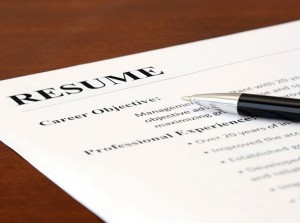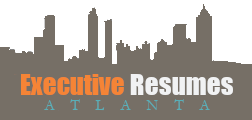A professional resume coupled with a completed LinkedIn profile can be a winning combination for senior-level executives searching for a new career opportunity. However, a presentation resume (typically a Microsoft Word document presented as an email attachment or in hard copy format during a job interview) and a LinkedIn resume (a component of the LinkedIn profile) are distinctive in many respects. They each have unique elements, usages, purposes, and target audiences. As such, they should be employed as complementary – but not identical – job search tools.
Presentation Resume vs. LinkedIn Resume: The most fundamental differences between these two career tools are the application and the audience: a presentation resume is an outbound marketing document that either directly targets a specific position or employer, while a LinkedIn resume is a networking tool designed to help you target contacts (e.g. recruiters, new industry connections, colleagues, professional organizations) who can assist you with your career goals as well as attract prospective employers.
Distinctive Elements of a LinkedIn Resume 
Here are a few important distinctions between a presentation resume and a LinkedIn profile:
- Resume/Bio Combo: A LinkedIn resume is essentially a combination of biography and resume. The Summary section should present a brief overview of the candidate’s career, main strengths, and key contributions, no more than two paragraphs. Often this brief bio is a revised compilation of the primary points in the presentation resume and cover letter.
- Length. An executive presentation resume is typically two (and sometimes three) pages. While a LinkedIn resume is less constrained by space, the information is generally presented more concisely, with a greater focus on career overview, specific expertise, and achievements.
- Content. A LinkedIn profile enables a candidate to expand beyond showcasing experience and accomplishments to include information such as professional recommendations, and projects.
- Presentation. LinkedIn, while an excellent networking and job search source, is at its core a social site. Information tends to be somewhat more informal than the presentation resume.
- Key Words & Phrases. The skills section of the LinkedIn profile provides an opportunity to expand the key words and phrases associated with your field or industry (up to 50).
- Photo. LinkedIn enables your existing and new contacts to match your career with a visual, which ideally is a professional headshot.
- Static vs. Dynamic. Your presentation resume – once submitted to a prospective employer or recruiter – is a static document, whereas your Linked resume offers the opportunity for real time updating aligned with career developments, e.g. a new certification.
Recognizing that a LinkedIn resume is a unique job search tool which requires a customized resume – rather than a copy and paste of the presentation resume – will help attract attention to your profile and improve your placement in key word search results. A professionally written executive resume combined with a LinkedIn profile can help you gain an edge in today’s competitive marketplace. In addition to high-impact executive career marketing documents, Executive Resumes Atlanta offers strategic LinkedIn resumes, profile posting, and coaching.
